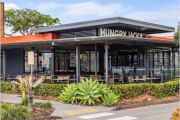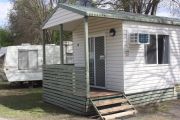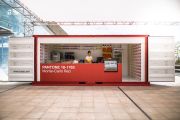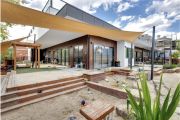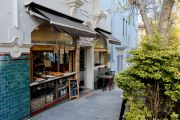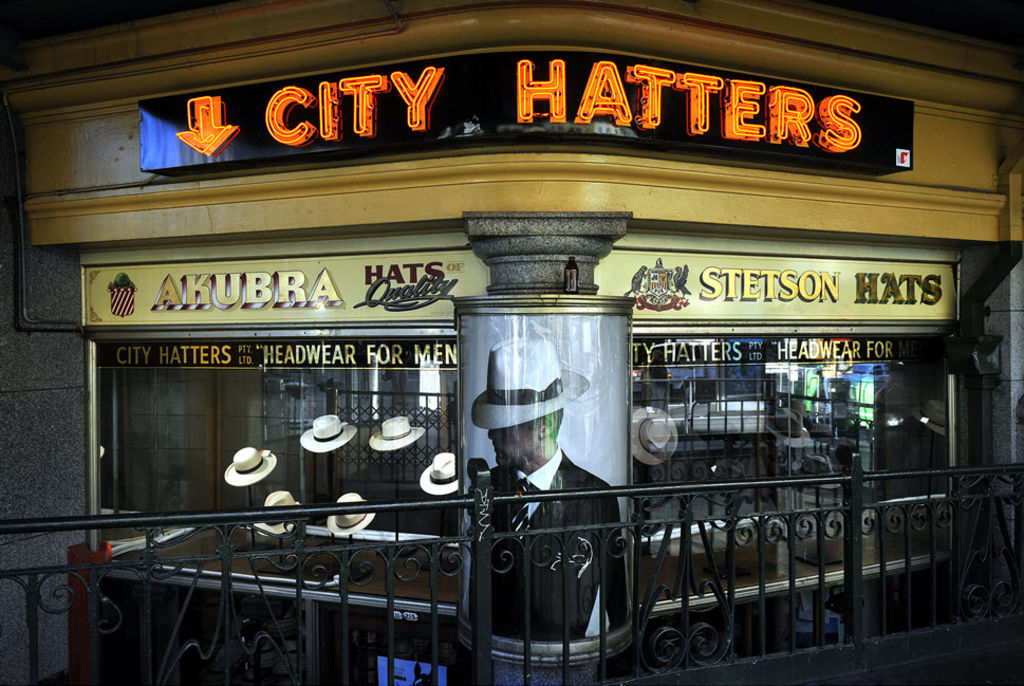
How underground shops are still attracting customers in a changing retail market
Underneath the central business districts of some of our biggest cities are retail strips proving that a lack of foot traffic and a clear and obvious shopfront isn’t an obstacle to making sales and attracting customers.
In Sydney and Melbourne, which have a long history of underground arcades, there is even a move to open new areas below street level as the use of city buildings changes and street-level rents become prohibitive for many retailers.
In Sydney, a new retail and restaurant precinct is being planned in long-disused rail tunnels near St James Station.
“Most of Sydney’s underground retail strips have originated from – and are still accessed via – our underground train system. Martin Place, Town Hall and Wynyard are the premier examples. Town Hall, for example, links up to QVB, Westfield Sydney and Galeries Victoria all via an underground network of retail arcades,” said Jeremy Prestoe, head of NSW retail property and asset management at JLL.
Leif Olson, head of retail leasing Australia for CBRE, said that due to congestion in CBD precincts, carparks were becoming redundant so landlords were developing carpark levels into retail with an eye to the types of businesses that were most likely to succeed without ground-level foot traffic.
“Traditionally, food and beverage makes up 70 to 80 per cent [of lower-ground lessees], gyms represent 20 per cent and 10 per cent is other usage, like storage space or bank vaults,” he said.
“The clear benefits to property owners is to make use of space,” he said. “In Sydney, Kent Street, Clarence Street and Sussex Street all have basements. Collins Street, Lt Collins Street and Flinders Lane in Melbourne all have buildings with lower-ground floors that aren’t activated.”
He has also observed that the increase in rents and competition has resulted in supermarkets opting for basement level stores.
“Supermarkets can’t afford to be on the ground floor anymore, so more and more they are locating underground,” he said.
“If the the ground floor is $2000 per square metre, the lower ground would be closer to $500 to $600 per square metre. So, on George Street, the lower ground is about $1000 per square metre as opposed to … $4000 per square metre [on the ground floor].”
Despite food and beverage making up the majority of underground operators, Mr Prestoe warned there were potential pitfalls.
“Food operators can face challenges due to kitchen exhaust and grease trap requirements and as these are often built along travel pathways from the rail network, they are of an older construction vintage, making some operational aspects challenging – drainage, water leaks, et cetera.”
One of the oldest below-ground retailers is City Hatters, which has been trading at 211 Flinders Street, in Melbourne, since 1910.
“Our location was originally the station master’s office when Flinders Street station was built,” said manager Ashley Peach. “It became a hat shop, owned and managed by the Buzolich family and called Buzolich’s when the station master moved to offices upstairs. City Hatters been owned by Henry Buck Pty Ltd since 1934.”
Mr Peach attributes their ongoing success to reputation, which echoes Mr Olsen’s opinion that brands must rely on credibility and experience to succeed in underground precincts. “We are a renowned Melbourne institution and have survived the test of time and the vagaries of fashions and trends for over a century by providing customers with knowledgeable staff, expert service and an extensive range,” said Mr Peach. “We have served old, young, titled, tourists, footy followers, racegoers, governors-general, actors and politicians.”
Mr Olsen, with extensive experience in retail leasing in the Asia-Pacific region said: “The brand or the business that invests in a lower-ground site needs to be a destination zone – like Rundle Mall in Adelaide or Bourke Street in Melbourne. If it’s not in a high-traffic, highly populated zone, the risk is that brands that are run-of-the-mill will fail. If it’s a really cool gym concept or a famous chef, it will succeed.
“We’ve seen locational fails. A brand that attempted to run a shop in Bridge Street in Sydney failed because the operators were inexperienced and they paid too much rent, plus their brand name didn’t draw in any traffic.
“Bistecca, a steak restaurant, opened on Bridge Street. Experienced operators with a unique selling proposition – one type of steak – with a cool bar and a great cellar was successful because they had a cracking concept from experienced operators, well regarded in the industry.
“Building owners are now looking at keeping tenants ‘sticky’ to the precinct. Whether that means they’re getting lunch, getting their shoes repaired or clothes drycleaned, building owners want to provide good food and beverage, good services and all the necessities to keep their business tenants in close proximity. So, they’re maximising use of the ground and lower-ground floor. Having a gym or fitness facility nearby means staff aren’t travelling far from the workplace before, during or after working hours.”
Get a weekly roundup of the latest news from Commercial Real Estate, delivered straight to your inbox!
